Mining

343928905
Rimoria Bridge
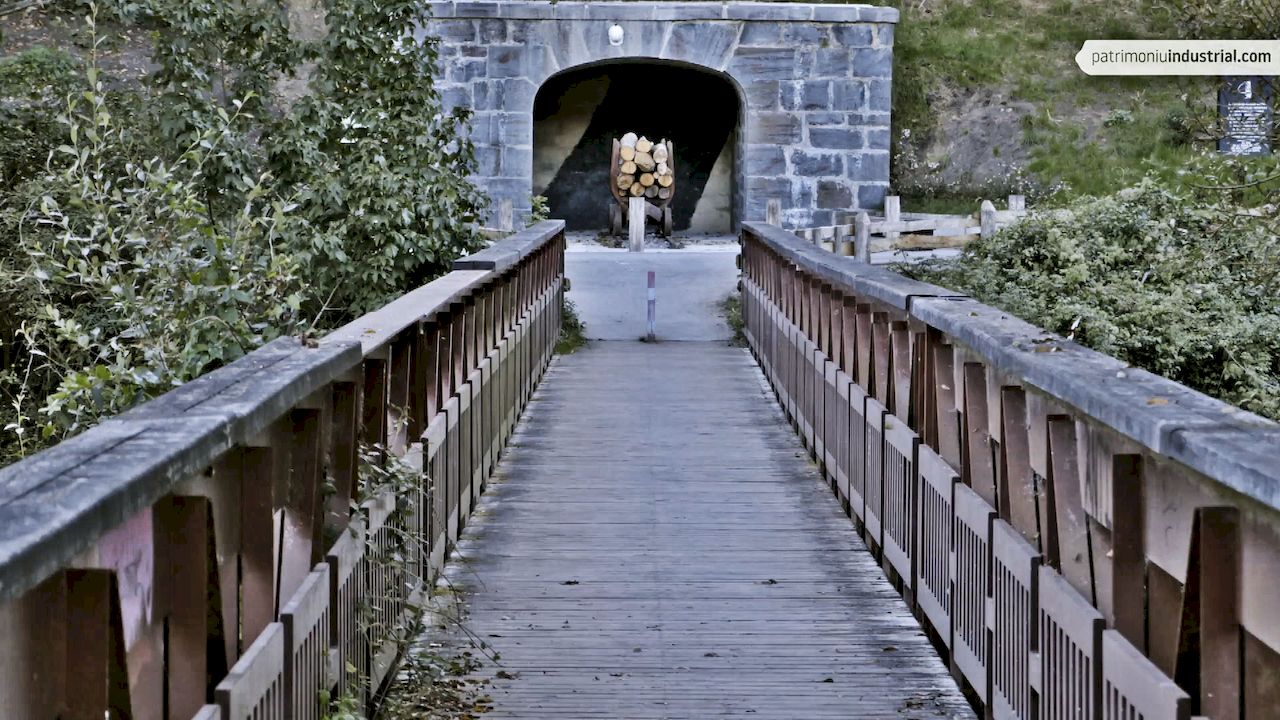
392300294
La Sota Adit
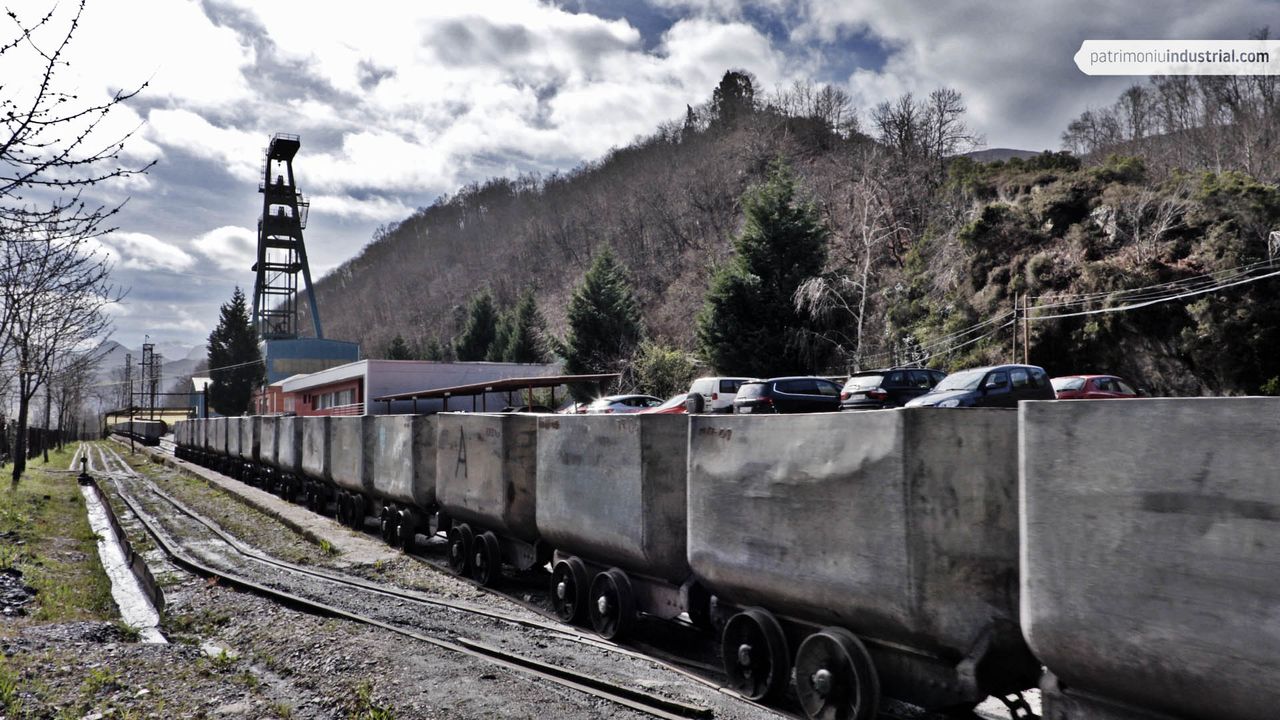
369378229
Carrio Mine
We have a testimony of the mining activity in Carrio (a small town in Laviana) thanks to several authors, like Armando Palacio Valdés. In his novel La aldea perdida (1903) he introduces two characters, an engineer from Madrid and a Belgian chemist, who arrive in Laviana to direct the work in a recently opened mine in Carrio.
The exploitation of the deposits in the area had begun in the middle of the 19th century. At the end of that century, it received a decisive boost with the extension of two communication routes to the capital of the council: the Carbonera road (1872) and the Langreo Railway (1884).
At the beginning of the 20th century, some businessmen such as Joaquín Velasco and the Felgueroso brothers exploited many mining concessions, including those located in Carrio. In 1920, as part of its expansion process in the valley, Sociedad Metalúrgica Duro Felguera acquired part of these concessions to start up what would be known in the following decade as Grupo Laviana. This ended up including the vertical shafts of Carrio and Barredos and the mountain exploitations of Rimoria, on the border with San Martín del Rey Aurelio.
The works to sink the Carrio mine shaft began in the 1940s. In 1949, the iron profile headframe was erected, and the works were completed on the main building, which housed, among other services, the machine and boiler rooms, the toilet house, the lamp room, the first aid station, the offices and the warehouses. After its incorporation into HUNOSA, the undertaken modernisation works included the replacement of this primitive headframe and the commissioning of a new Koepe extraction machine which required the construction of a new building to house it.
The mining activity ceased at the Carrio mine shaft in December 2018 after reaching a depth of 628 metres. Then, the mining activity in Laviana reached its end.

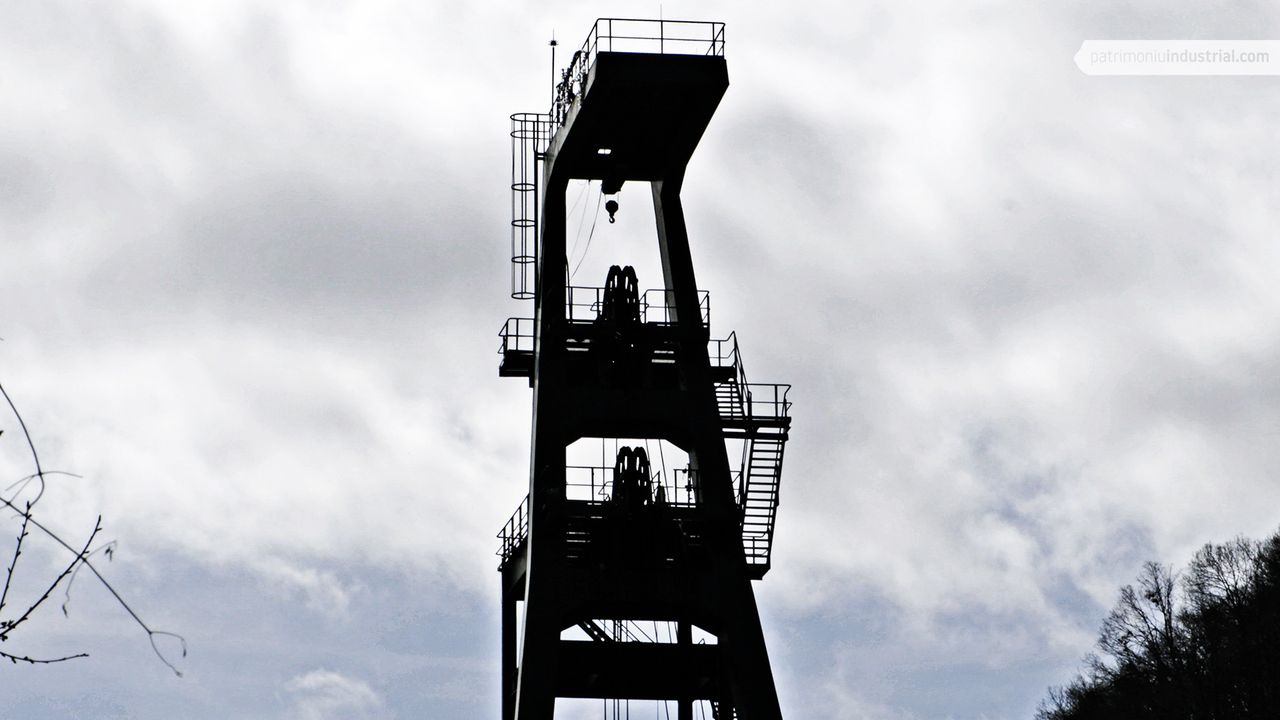
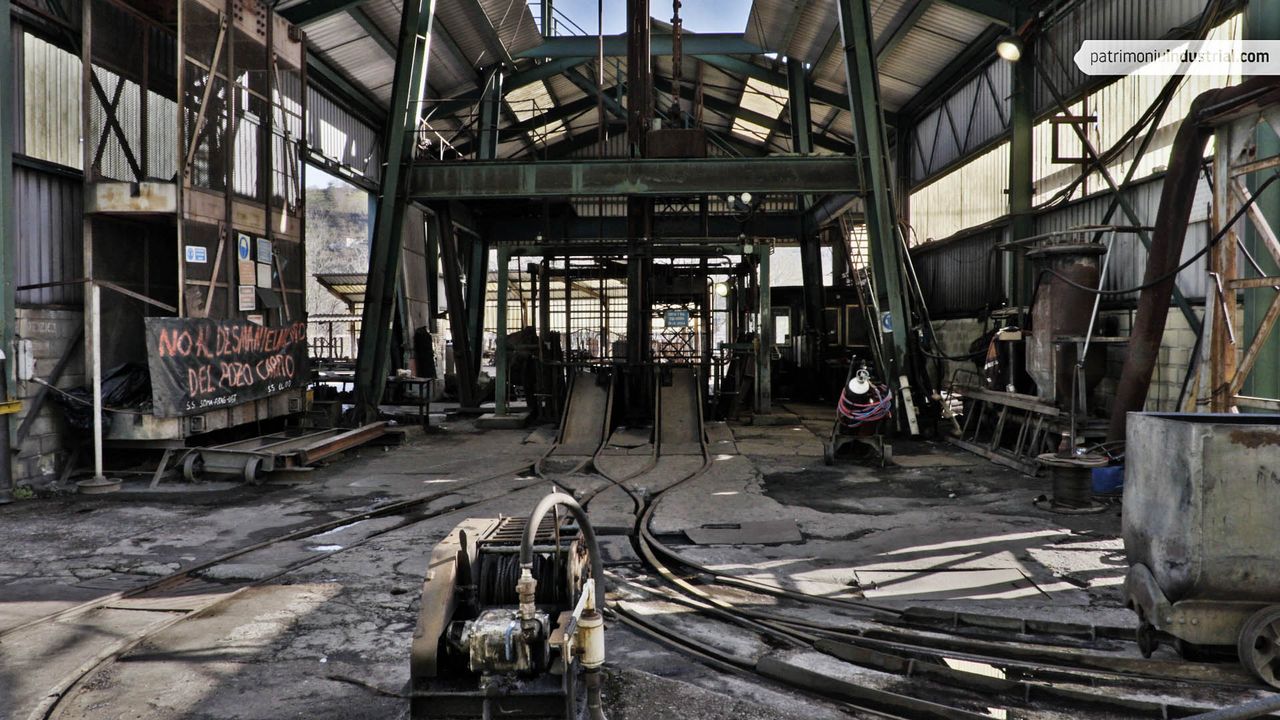

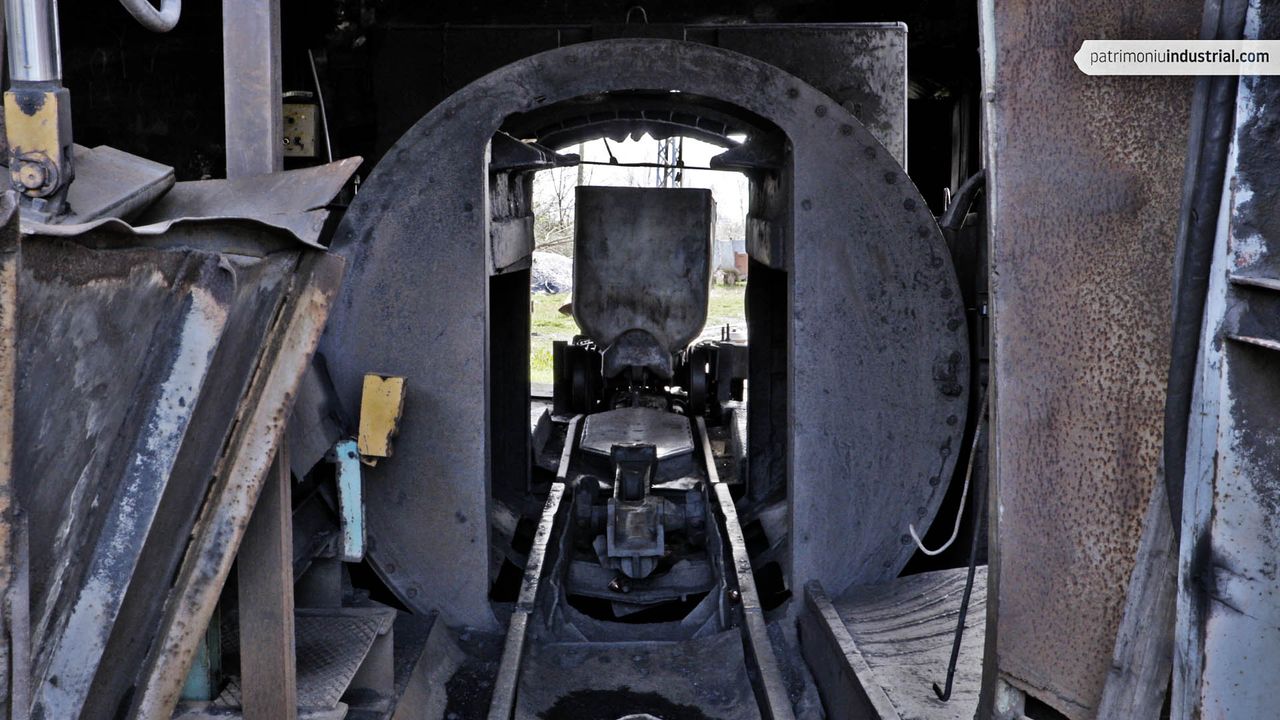
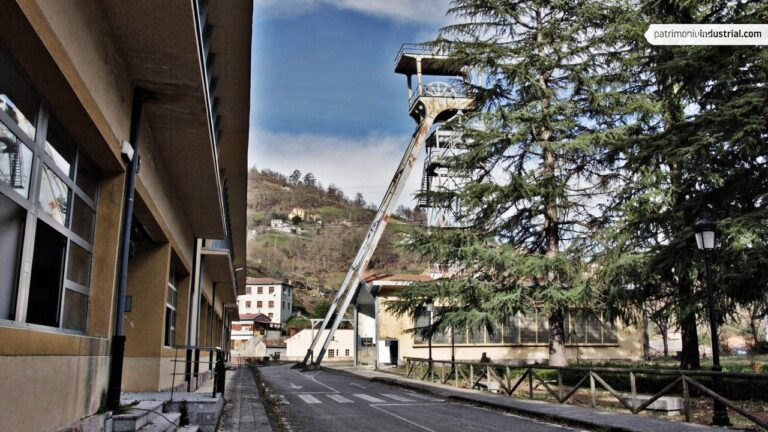
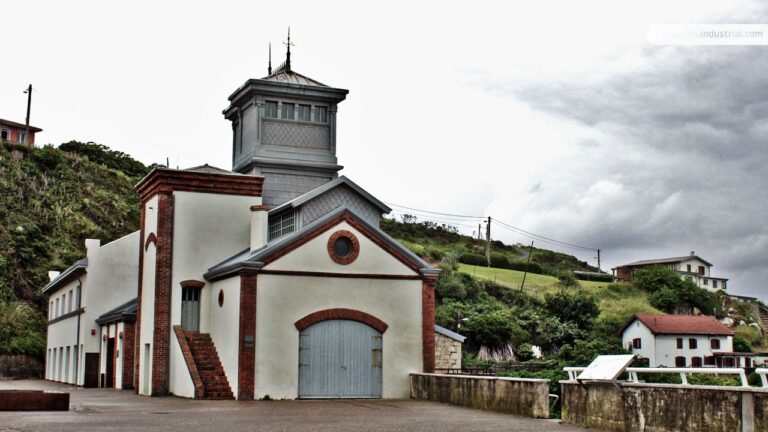


Recent Comments